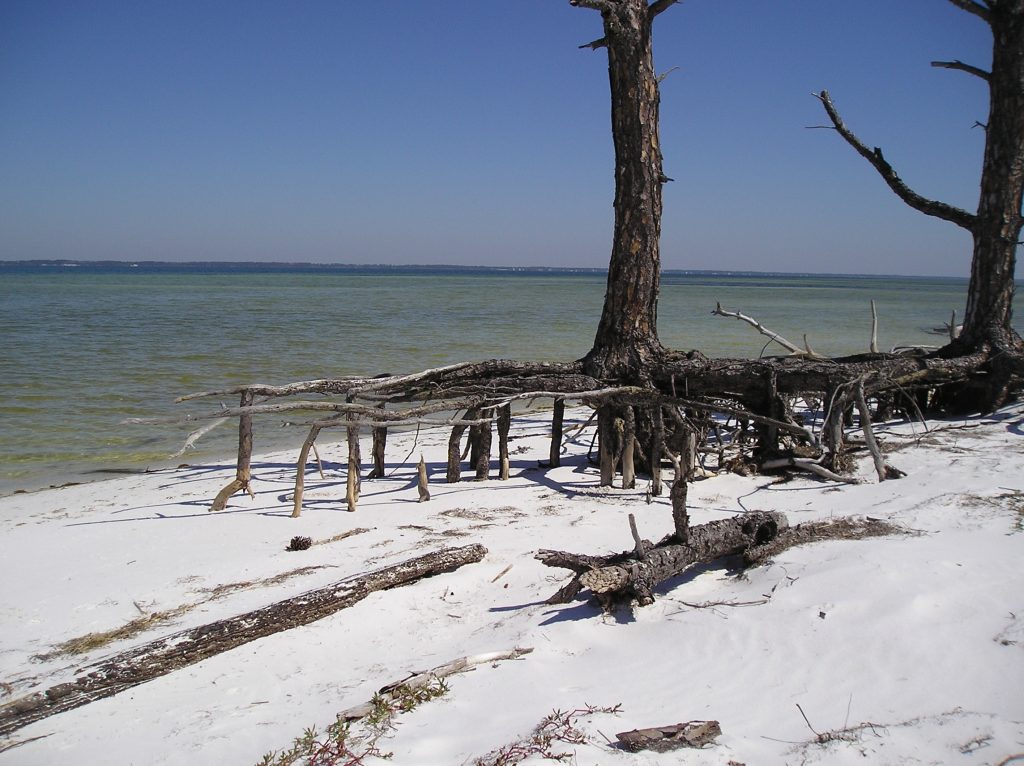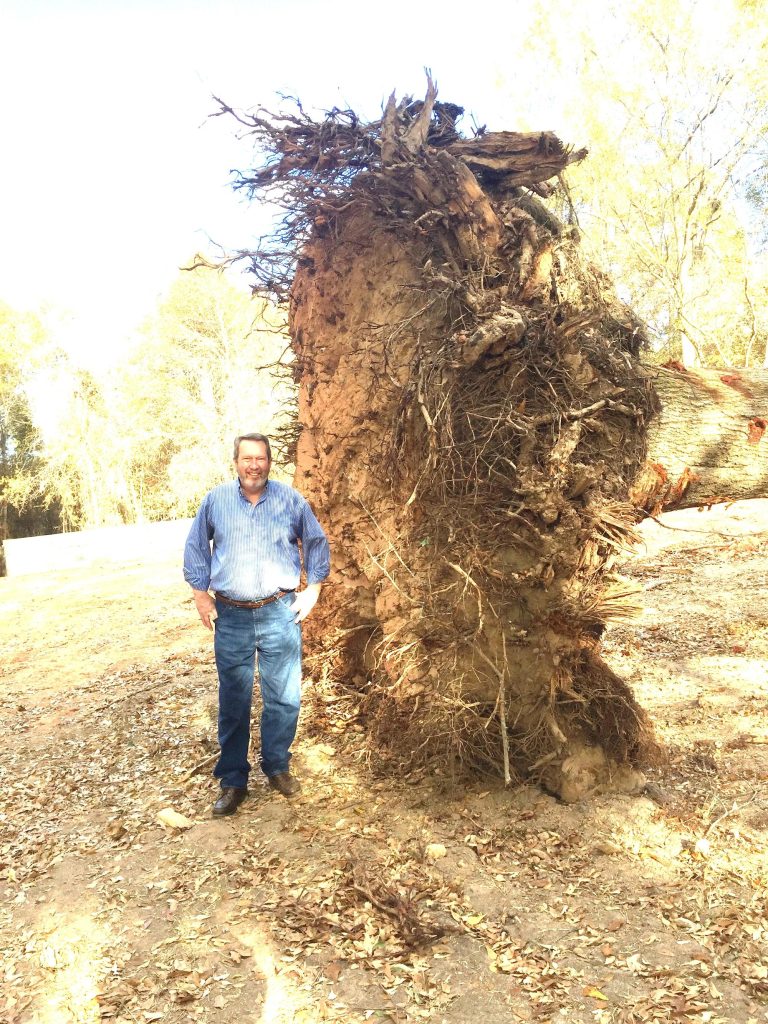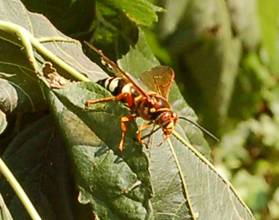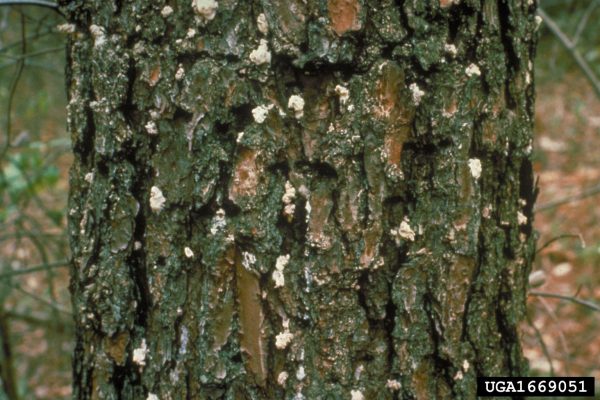Trees don’t have taproots

Q: After World War II I helped my Australian uncle clear tree stumps by digging underneath so he could place a charge of explosive gelignite. I would often hit a hard taproot, the gelignite would be off-center, and the stump would be only partially removed. Yet I read on your website that trees don’t have taproots. What did I hit under the eucalyptus stumps?
A: Most seeds of broadleafed plants form a taproot initially. It grows downward and anchors the seedling. It also divides and lengthens outward, searching for moisture and oxygen. Finding none, this initial taproot eventually dies, leaving many horizontal roots in place to provide nutrients and water to the tree leaves.
These roots are always limited by the available oxygen and moisture. This keeps them in the upper 2 -3 of our typical clay soil. They can grow deeper in sandy soil.
Plant roots specialize in their function. Some grow downward as much as possible, thus anchoring the plant. Others develop lots of fine roots and grow outward from the plant looking for water, oxygen and moisture. Trees rarely have anything we would call a taproot, because most of their roots are very fine and grow shallowly.
You are welcome to search through hundreds of root system drawings of many different plants collected here:















